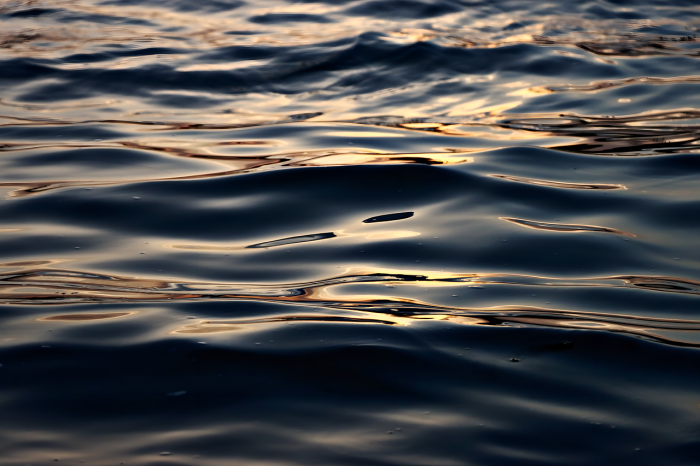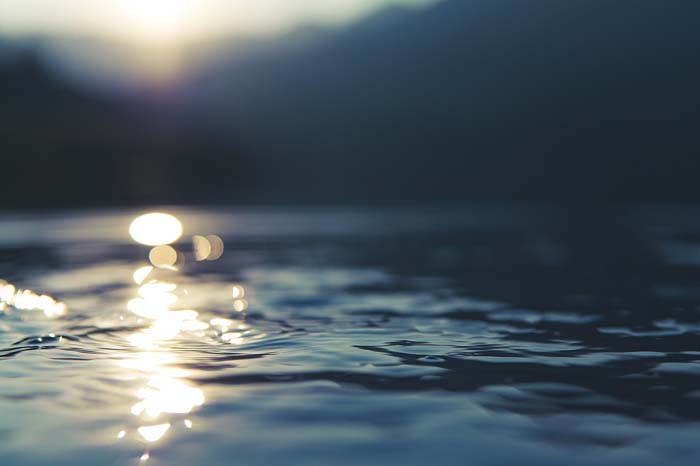
All forms of life in water rely on oxygen. The ability to breathe is dependent on the presence of oxygen. Natural sources such as oceans and rivers contain dissolved oxygen. Water oxygen levels can drop below a particular threshold, causing aquatic life to fight for survival in a condition known as hypoxia. There are a number of natural and man-made factors that can cause this phenomenon to happen.
The eutrophication process, in which an excess of nutrients, usually from wastewater discharge or agricultural runoff, promotes the growth of aquatic plants and algae, a major contributor to oxygen depletion in water. Due to their high oxygen consumption during decay, these organisms reduce the amount of oxygen in the water as they multiply.
Depletion of oxygen levels can accelerate due to pollution from urban and industrial sources. Oxygen depletion is a serious problem for aquatic life, and organic waste and chemical contaminants from sewage systems and industries are major contributors.
A lack of oxygen in water can be caused by a variety of things, such as:
Natural events
Fluctuations in oxygen levels in bodies of water can also be caused by natural phenomena such as seasonal turnover, weather patterns, or rapid plant growth.
Pollution
Untreated sewage, industrial discharges, and agricultural runoff sewage are just a few pollution sources that can bring organic matter or chemicals into the water. The microbes that break down these organic materials use up oxygen. This reduces the amount of oxygen in the water.
Flow rate
Because there is less surface movement or incoming oxygen-rich water to aerate, the oxygen level in bodies of water that are moving slowly or aren’t moving at all may be lower than in bodies of water that are more dynamic.
Pollutant buildup
Fertilizer runoff containing excessive amounts of nutrients, especially phosphorous and nitrogen, can lead to pollutant buildup. This causes algal blooms, which in turn cause oxygen-depletion zones. The algae absorb so much oxygen throughout their demise, which is why they do so.
Aquatic organisms overcrowding
The oxygen demand can outstrip the supply in highly populated aquatic habitats. This includes places with a lot of aquatic organisms, such as fish farms. This can cause oxygen depletion.
Temperature
The amount of dissolved oxygen in water decreases as its temperature rises. This is because higher water temperatures render oxygen less soluble.
The effects of dirty water
Polluted water has a severe impact on both the ecosystem and human health. Here are a few of the most important effects:
- Waterborne Diseases
Pathogen-polluted water can cause a variety of waterborne infections. Dehydration, fever, diarrhea, stomach cramps, vomiting, and, in extreme circumstances, organ failure are all possible symptoms. These diseases can heavily strain healthcare systems in places where medical treatment is scarce.
 Economic Impacts
Economic Impacts
Polluted water can have serious financial consequences. Getting sick from a water-related source and taking time off work to recover can be a major setback for productivity. Furthermore, expensive treatment procedures may be necessary to restore contaminated water sources to an acceptable level for human consumption. Areas with high rates of water contamination may also see a decline in recreational activities and tourism, which would be bad news for the economy.
- Social Impacts
Everyone has the inherent right to safe drinking water. Denying this right can worsen existing social inequalities. A decline in quality of life, economic exclusion, and societal stigma are all possible outcomes for communities that lack access to safe drinking water. In areas where water scarcity is a problem, conflict over limited potable water supplies is one source of conflict and stress.
- Polluting the Environment
Toxic water pollution endangers aquatic life and throws ecosystems out of whack. Chemical pollutants from urban waste, agricultural practices, and industrial runoff can contaminate water supplies. This can harm plants, fish, and other creatures’ health and reproduction abilities. The contamination can also make its way up the food chain, affecting people’s health.
- Food Security
Polluted irrigation water can contaminate crops, threatening food security and safety. Produce grown in this water threatens human health. If consumed, it could also cause epidemics of food poisoning.
- Dangers to Health
Contaminated water can spread diseases like hepatitis A, typhoid, cholera, and dysentery. The parasites, viruses, and germs that cause these illnesses love dirty water. The elderly and kids are especially at risk of serious disease or death by drinking or even coming into contact with polluted water.
Ensuring everyone has access to safe and clean water is crucial. This is because polluted water can have far-reaching consequences for people’s health, the environment, and the economy.
Three qualities of bad or dirty water?
The qualities of bad or dirty water include:
Taste
Because of the contaminants, chemicals, or minerals that dissolve in polluted water could taste metallic or unpleasant. Water can become tasteless and even dangerous if it contains high concentrations of organic compounds such as sulfur, chlorine, or iron.
Color
Due to algae, sediment, or suspended particles, water not of high quality may seem murky, cloudy, or discolored. The color might change from brown to green because of algal blooms or soil erosion. These hues indicate the presence of contaminants, which could compromise the water’s quality and safety.
Odor
Organic matter, bacteria, or pollutants in water can cause it to smell bad. These aromas indicate the presence of decomposing organic matter or sulfur compounds, which can range from a musty odor to an egg-like stench.
The biggest threat to water quality?
The most significant risks to water quality could vary by area and set of conditions, but among the most prevalent are:
Pollution
The term “water pollution” encompasses a wide range of issues. This includes chemical and debris-laden urban runoff, untreated sewage, fertilizers and pesticides in agricultural runoff, and industrial discharge.
Urbanization
Due to rapid urban development, the growth of impermeable surfaces, such as parking lots and roads, increases the likelihood of stormwater runoff. This, in turn, increases the likelihood of contaminants entering aquatic bodies.
Agricultural Practices:
Sediment, fertilizers, and pesticides drain off from farms into streams, lowering water quality and endangering aquatic life.
Climate Change:
Heat waves, changed precipitation patterns that bring more powerful storms, and rising sea levels that allow saltwater to seep into freshwater sources are all ways climate change can worsen existing water quality problems.
Industrial Activities
Industrial activities release pollutants such as organic compounds, hazardous chemicals, and heavy metals into rivers. These pollutants pose a threat to aquatic ecosystems as well as human health.
Invasive Species
Invasive species can destabilize ecosystems and change water quality by consuming too many resources, out-competing native species, and possibly bringing in new diseases or poisons.
Protecting and preserving water quality for present and future generations involves a mix of public awareness campaigns, conservation activities, regulatory measures, and technological solutions to address these concerns.
Conclusion
Oxygen depletion can be due to a number of interrelated causes, including biological activity, nutrient levels, temperature, flow rate, and pollution. This decline threatens both healthy ecosystems and aquatic life.
